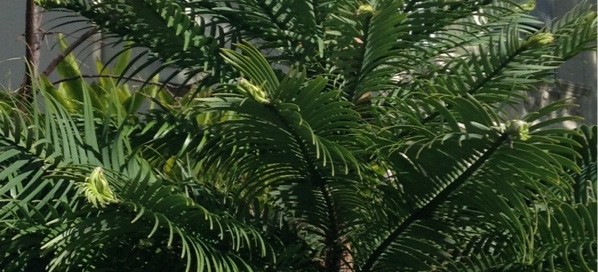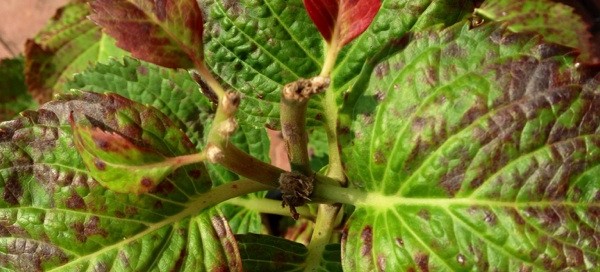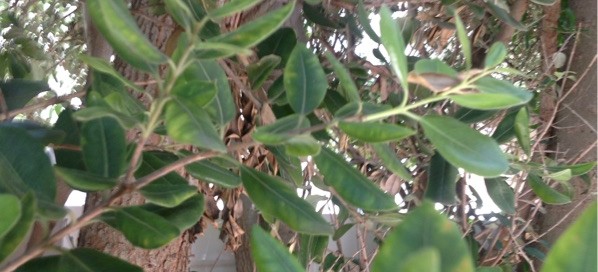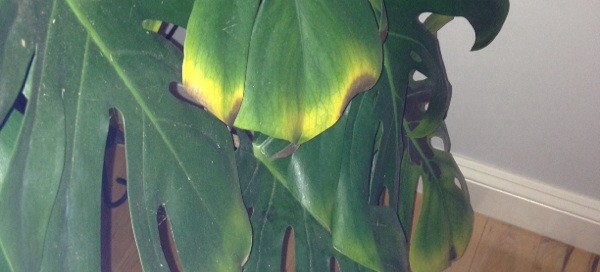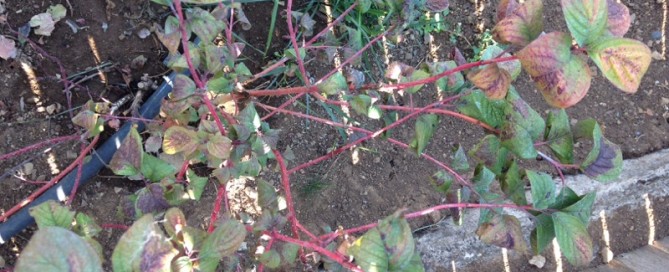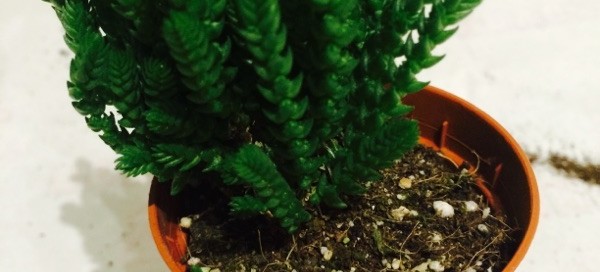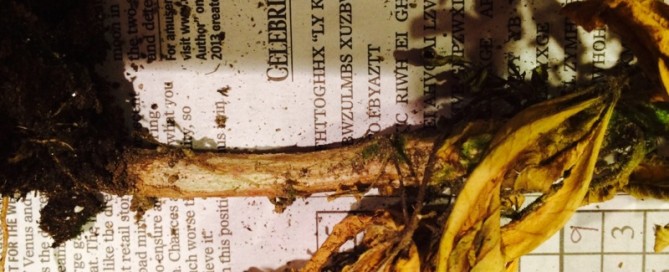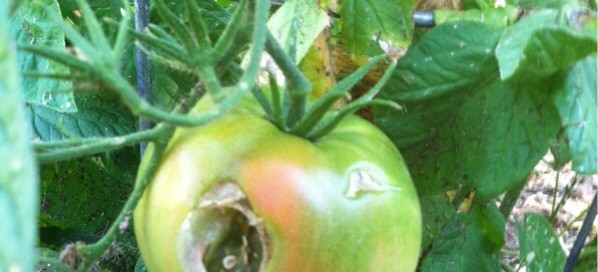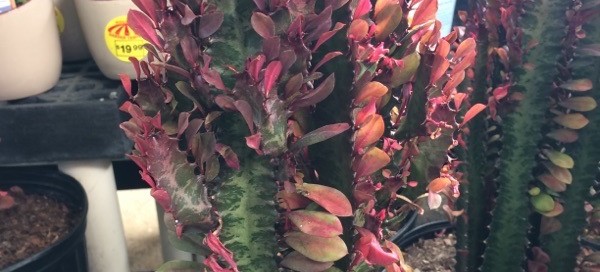Leaf Gall On Maple
These are leaf galls. They're a result of feeding by Eriophyid mites. These are spider mites that vary from the usual 8-legged mites because they have only 4 legs, or 2 pair. They are very tiny, slow moving, and have a distinctive "carrot" shape (which is also different from the typical spider mite pests. The U of Wisconsin webpage link we've included here states, "The mites feed and mate inside the gall and lay eggs there, and their offspring stay at home until they are ready to disperse as adults. From their natal gall, they move to other leaves to homestead." We've also included a link to Penn States' College of Ag, Entomology program for more info about the damage these mites do and how to manage them, if it becomes necessary; most times it's not, so pesticide treatments are not often recommended.
http://www4.uwm.edu/fieldstation/naturalhistory/bugoftheweek/galls3.cfm
http://ento.psu.edu/extension/factsheets/leaf-galls-maple

